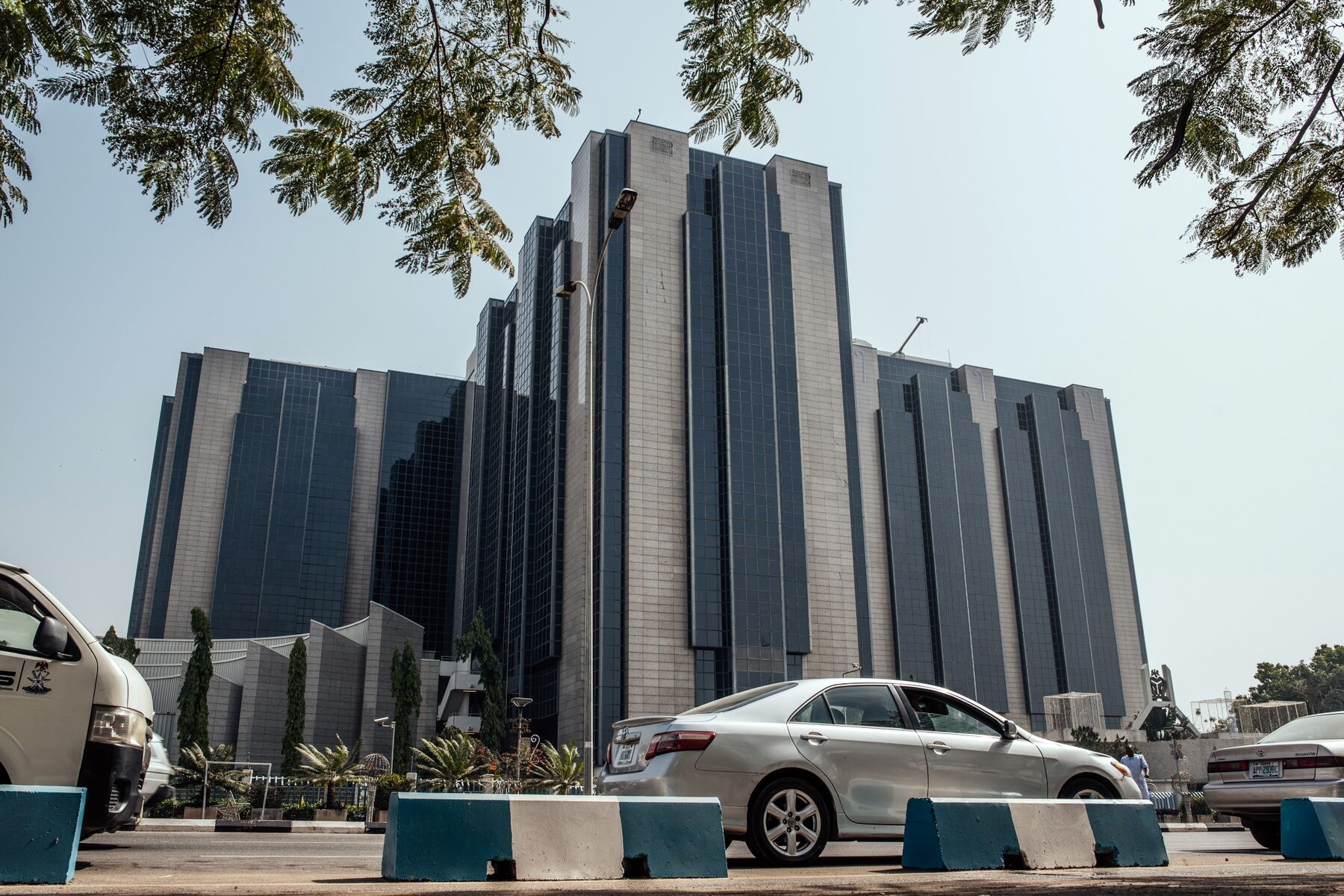- NNPC Plans 4,600MW Power Plants for Abuja, Kaduna, Kano
The Nigerian National Petroleum Corporation on Wednesday announced that it would build power generating plants with combined capacity for 4,600 megawatts in Abuja, Kaduna and Kano states.
It said the resolve to invest in the power plants was due to the recently approved contract for the construction of the Ajaokuta-Abuja-Kaduna-Kano Gas Pipeline, also known as the AKK Pipeline.
The Group Managing Director, NNPC, Maikanti Baru, who disclosed this during a courtesy call on him in Abuja by the Niger State Governor, Abubakar Bello, noted that the corporation, in partnership with private investors, would build the power generating plants to support the Federal Government’s effort to provide stable electricity across the country.
He was quoted in a statement as saying, “As part of the drive to establish power plants to augment the power supply to the nation, the Federal Executive Council has recently approved the AKK Gas Pipeline project to be financed through public-private partnership.
“The project comes with other auxiliary ones, which include 1,350MW, 900MW and 2,350MW of power generation plants in Abuja, Kaduna and Kano, respectively.”
He said the NNPC and the private investors would also build fertilizer plants in some parts of the country, one of which would be located at Izzon, Niger State.
Baru informed the visitors that in line with the presidential mandate on oil exploration in all the frontier basins, the corporation was well-focused on exploration in the Bida Basin and would carry out the job professionally.
“We have contracted the geological mapping of the Bida Basin to the Ibrahim Babangida University, Lapai, and the job will be completed in three months,” he stated.
He explained that once the geological mapping was completed, the NNPC’s Integrated Data Services Limited would be engaged to carry out the other aspects of the seismic activities, which would be completed by July 2018.
Baru said the corporation would go into more detailed 2D seismic data acquisition in the Bida Basin by August 2018, to be followed by an Environmental Impact Assessment in order to establish what the baseline was, which would signify the need or otherwise for the deployment of 3D acquisition facilities.
As part of efforts to decongest the highways, the GMD said the NNPC would encourage private investors to build tanker parking facilities around the Minna Depot, Suleja Depot, Tegina and Mokwa, among others, and charge the users of the facilities appropriately.
Baru explained that talks were ongoing with the Federal Ministry of Power, Works and Housing to reintroduce weigh bridges on the highways in order to check the issue of excessive loading by tankers above the recommended 46,000 tonnes gross weight.
He said the NNPC, on its part, had already directed all its depots nationwide to stop loading tankers with loading capacities above 40,000 litres.
In his remarks, Bello said the essence of the visit was to get first-hand information on the NNPC’s plans for oil exploration in the Bida Basin and to solicit the corporation’s support in finding alternative parking spaces for tankers along the highways and communities in the state.

 Billionaire Watch3 weeks ago
Billionaire Watch3 weeks ago
 Startups4 weeks ago
Startups4 weeks ago
 News4 weeks ago
News4 weeks ago
 News4 weeks ago
News4 weeks ago
 Bitcoin4 weeks ago
Bitcoin4 weeks ago
 Naira4 weeks ago
Naira4 weeks ago
 Forex3 weeks ago
Forex3 weeks ago
 Treasury Bills4 weeks ago
Treasury Bills4 weeks ago

























